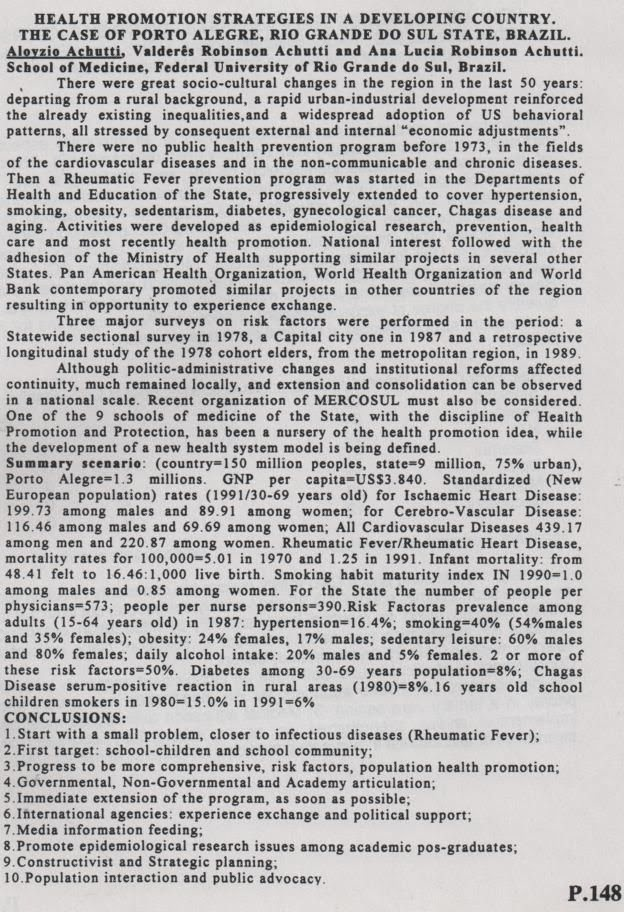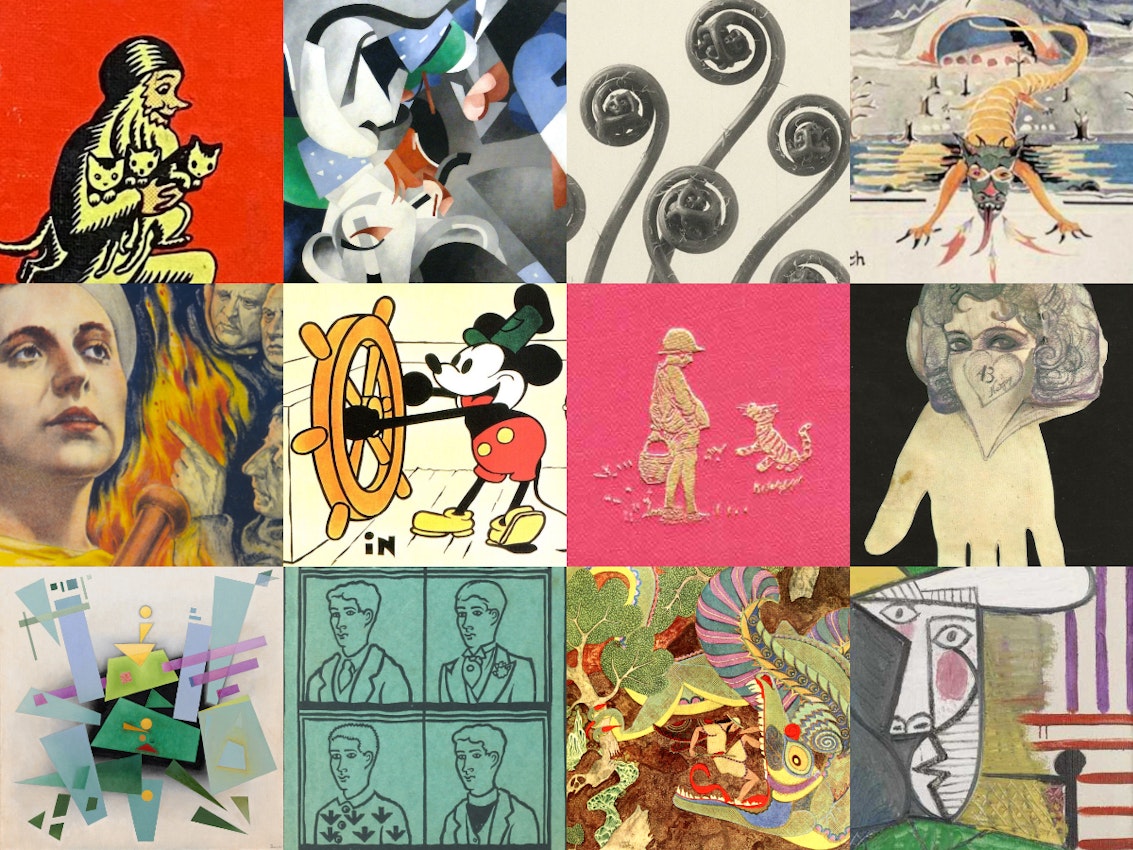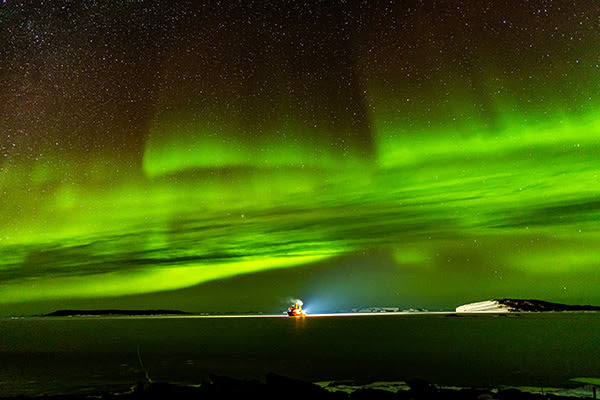3.172 AMICOR (26) seleções da semana
#com Dra. Valderês A. Robinson Achutti (*13/06/1931+15/06/2021)
Passeando pela Nova Zelândia - logo após o Congresso Mundial - quando recebi o Prêmio Mundial de Cardiologia, em Sidney, na Austrália.
#Re-Publicando apresentações minhas, antigas

# Neurosciences News
 | Neuroscience News Jan 18 |
Researchers identified distinct neural pathways in the brain for fat and sugar cravings. This research reveals that separate circuits in the vagus nerve, originating in the gut, communicate information about consumed fats and sugars to the brain, triggering dopamine release in the brain's reward center. Read more of this post  | Neuroscience News Jan 18 |
A new study highlights a concerning link between obsessive-compulsive disorder (OCD) and an increased risk of death from both natural and unnatural causes. The study, using data from over 60,000 people with OCD, shows an 82% higher overall mortality risk compared to those without the disorder. Read more of this post  | Neuroscience News Jan 18 |
A new study reveals the vital role of a protein named MC2 in the formation of functional sperm in mice, potentially shedding light on male infertility. The research found that mice lacking a specific gene were unable to produce this crucial protein, resulting in infertility due to the absence of connection between the sperm head and tail. Read more of this post  | Neuroscience News Jan 19 |
Researchers discovered a fascinating aspect of human memory: our recall becomes sharper following negative experiences. The study utilized image-based experiments with participants to understand memory recall patterns. Read more # |
| | Clashing Cosmic Numbers Challenge Our Best Theory of the UniverseBy LIZ KRUESI As measurements of distant stars and galaxies become more precise, cosmologists are struggling to make sense of sparring values.
Read the article |
|
How to Guarantee the Safety of Autonomous VehiclesBy STEVE NADIS Computer scientists have proved that autonomous vehicles like drones and driverless cars can be guaranteed to be safe, so long as their sensory data falls within a specified range of accuracy.
Read the blog |
|
|
|
|
|
|
|
#The Marginalian (Maria Popova)
BY MARIA POPOVA

What if we could augment the bucket-list of typical New Year’s resolutions, dominated by bodily habits and pragmatic daily practices, with higher-order aspirations — habits of mind and spiritual orientations borrowed from some of humanity’s most timelessly rewarding thinkers? After last year’s selection of worthy resolutions inspired by such luminaries as Seneca, Maya Angelou, Bruce Lee, and Virginia Woolf, here is another set for the new year borrowed from a new roster of perennially elevating minds.
#Happy Public Domain Day 2024!
#Viva dia 19/01/2024 aniversário (102 anos) de nossa amiga e vizinha, a Professora Marila Fay Azambuja. Nos conhecemos a partir do saudoso amigo Pe Ernesto Greiner, cuja lembrança aflora juntamente, pois ele também estaria comemorando, se por aqui ainda estivesse, não somente em nossa memória...
#A Teoria das Cordas, de um jeito que você vai entender!
#Medscape. Cardiology
#Our World in Data
Explore our featured work |
|
|
Seasonal flu is a contagious illness caused by the influenza virus. It kills around 400,000 people on average each year.
The death toll has been even higher when new influenza strains have evolved and led to large flu pandemics. For instance, it’s estimated that the Spanish flu pandemic of 1918–1920 killed at least 17 million people, and possibly many more, as the chart shows.
Outside of these flu pandemics, the risk of dying from flu has declined substantially over time thanks to improvements in sanitation, healthcare, and vaccination.
But the burden of influenza remains high because many countries have an aging population and lack access to healthcare and sanitation.
In this article, we look into these developments in detail: how many people die from influenza around the world, how this has changed over time, and why. |
|
Of the plastic that enters the oceans from land, more than 80% comes from rivers in Asia.
Only a small amount comes from rivers across Europe and North America — about 5% of the global total. This would suggest that the world’s richest countries don’t contribute much to the problem of plastic pollution.
But one objection to these numbers is that they only look at the plastic that is emitted domestically. They don’t consider the fact that many countries export plastic waste overseas, which could potentially lead to a large indirect impact on ocean pollution.
In this article, we use global data to understand the scale of the plastic waste trade and where this waste ends up. In the end, we estimate that a few percent — possibly up to 5% — of the world’s ocean plastics could come from rich countries exporting their waste overseas. |
|
The mission of Our World in Data is to make data and research on the world’s largest problems understandable and accessible.
We are a nonprofit, building Our World in Data as a public good that’s freely available to everyone. Help us do more by supporting us with a donation. |
|
#National Science Foudation
In this image, the research vessel Nathaniel B. Palmer is docked at Davis Station anchorage in Antarctica with an aurora australis light show overhead. The ship is operated as part of the U.S. Antarctic Program, managed by NSF. |
|
#Instituto de Cardiologia Dante Pazzanezi
















1 comment:
Salve Aloyzio! Agradeço repassar à Marila, também nossa conhecida (Filha de meu tio-avÔ José Fay) um grande abraço.
Post a Comment